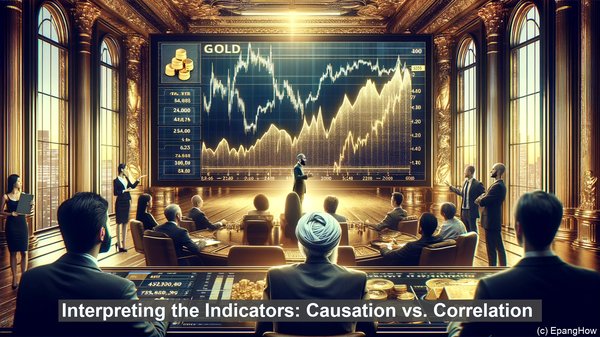Introduction: The Art of Economic Forecasting
Hello and welcome! Economic forecasting is a complex yet crucial field that helps us anticipate and prepare for future economic trends. At its core, it involves analyzing a vast array of data to make informed predictions. Two key types of indicators play a significant role in this process: leading indicators and lagging indicators.
The Essence of Leading Indicators
Leading indicators, as the name suggests, are the first to respond to changes in the economy. They are forward-looking and often act as a precursor to future trends. These indicators are typically based on activities that occur before the actual economic changes take place. For instance, the number of building permits issued can be a leading indicator for the construction industry’s performance.
The Significance of Lagging Indicators
In contrast, lagging indicators reflect changes that have already occurred. They are, in a sense, ‘trailing’ the economic activity. Lagging indicators are often used to confirm or validate a trend that has already been identified. Examples of lagging indicators include the unemployment rate or the consumer price index (CPI).
The Timing Factor: Leading vs. Lagging
One key distinction between leading and lagging indicators is the timing of their impact. Leading indicators provide insights into potential future changes, allowing decision-makers to take proactive measures. On the other hand, lagging indicators are retrospective, providing a clearer picture of what has already occurred. This difference in timing is crucial in economic forecasting, as it helps in both short-term and long-term planning.

Interpreting the Indicators: Causation vs. Correlation
Another aspect that sets leading and lagging indicators apart is their relationship with the economy. Leading indicators are often considered to have a causal relationship with economic changes. In other words, they can influence or even drive future trends. Lagging indicators, on the other hand, are more correlated with the economy. They reflect the impact of economic changes rather than causing them.

The Role of Each Indicator in Forecasting
Both leading and lagging indicators have their place in economic forecasting. Leading indicators are valuable in identifying turning points in the economy, such as recessions or recoveries. They can also provide early warnings for potential risks. Lagging indicators, on the other hand, help in confirming trends and assessing the overall health of the economy. By analyzing a combination of leading and lagging indicators, economists can create a comprehensive forecast.
